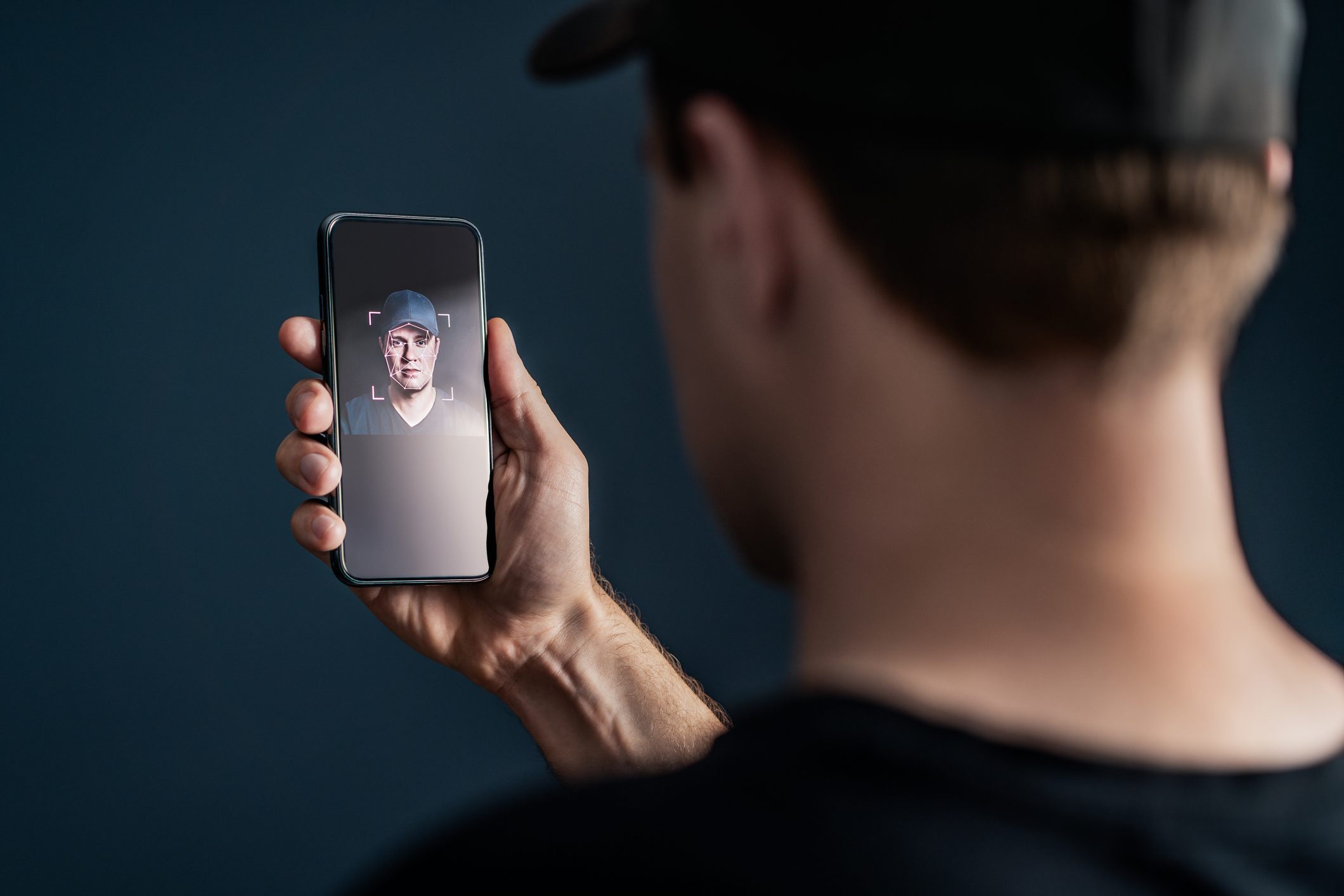This is the great challenge of combating deepfakes in Latin America.

Concern about deepfakes is growing in Latin America. According to a recent report by the Kapwing platform, Argentina leads the region in interest in this technology, followed by Chile, Peru, and Colombia, with 481, 337, and 141 monthly searches related to deepfakes, respectively.
There is growing awareness about the malicious use of this digital tool, which relies on artificial intelligence to create fake videos or audio clips that simulate real life. However, regulatory and technical action is moving at a much slower pace, affecting different sectors of society, according to Dr. Francisco José Adán Castaño, a lawyer and professor at the Official Master's Program in Digital Law and Cybersecurity at the International University of Valencia (VIU), part of the international higher education network Planeta Formación y Universidades.
" Politicians are probably the most affected by this issue. Fake videos of candidates saying things they never said right before an election... It's a nightmare for democracy," warns the VIU expert. "The business and financial sectors are also experiencing serious problems. Cases of scammers using voice deepfakes to impersonate CEOs and authorize multimillion-dollar transfers are not uncommon."
A digital legislation that is lagging behind 
Deepfake and Deepvoice Photo: iStock
The technological advancement of deepfakes contrasts with the slow pace of regulatory frameworks in Latin America. Judicial systems must improvise with defamation or fraud regulations, which are not always effective. Furthermore, the transnational nature of the digital environment further complicates legal enforceability.
"Laws move very slowly compared to technology," notes Dr. Francisco Adán Cataño, who is also an expert in AI and intellectual property. "Many countries don't even have specific laws for deepfakes. The internet has no borders. What law applies: the one where it was made, where it was uploaded, or where it was seen?"
Adding to this regulatory weakness is the lack of technical training among the responsible authorities. Police officers and judges are often not sufficiently trained in common technological matters , and when it comes to understanding and deciphering the issue of deepfakes, the lack of technical training becomes evident.
Technology vs. Technology 
Deepfake and Deepvoice Photo: iStock
The advancement of deepfakes has given rise to a veritable arms race between creators and detectors, with machine learning at the center. They train with thousands of real and fake videos to refine their detection capabilities.
As the expert in Intellectual Property, Privacy, and New Technologies points out, it is a game of cat and mouse, where deepfakes become more sophisticated with each improvement in detectors.
Today, detection algorithms exist that identify anomalies invisible to the human eye, such as blinking patterns or facial light distortions. Machine learning is key to this task, training systems with thousands of real and fake videos to distinguish patterns.
Blockchain authentication is another promising avenue that would allow a video to be recorded in an unalterable manner when created, so that any modifications are evident. And when it comes to audio, analysis could be based on vocal patterns, pauses, and breathing.
Shared solutions to combat deepfakes The problem of deepfakes has no single solution. It requires coordinated action between governments, technology companies, developers, platforms, and civil society.
"Governments need to make laws that make sense and can be applied in reality, not just on paper," the expert emphasizes. "They also need to train their people and cooperate internationally because this transcends borders."
The VIU spokesperson also emphasizes the role of digital platforms. Networks like Facebook, TikTok, and YouTube need to invest in detecting and eliminating malicious deepfakes, leaving neutrality aside. And the responsibility of users on these networks would also contribute to this situation.
"Civil society has an important role to play," he notes. " Fact-checking media outlets are doing a good job, but we need more. We also need universities to do more research on detection and more educational programs on digital literacy."
The technology that gave rise to the problem can also be part of the solution. But without adequate legal frameworks and widespread critical awareness in the region, Latin America could be exposed to a future in which it is no longer possible to distinguish truth from falsehood.
eltiempo




